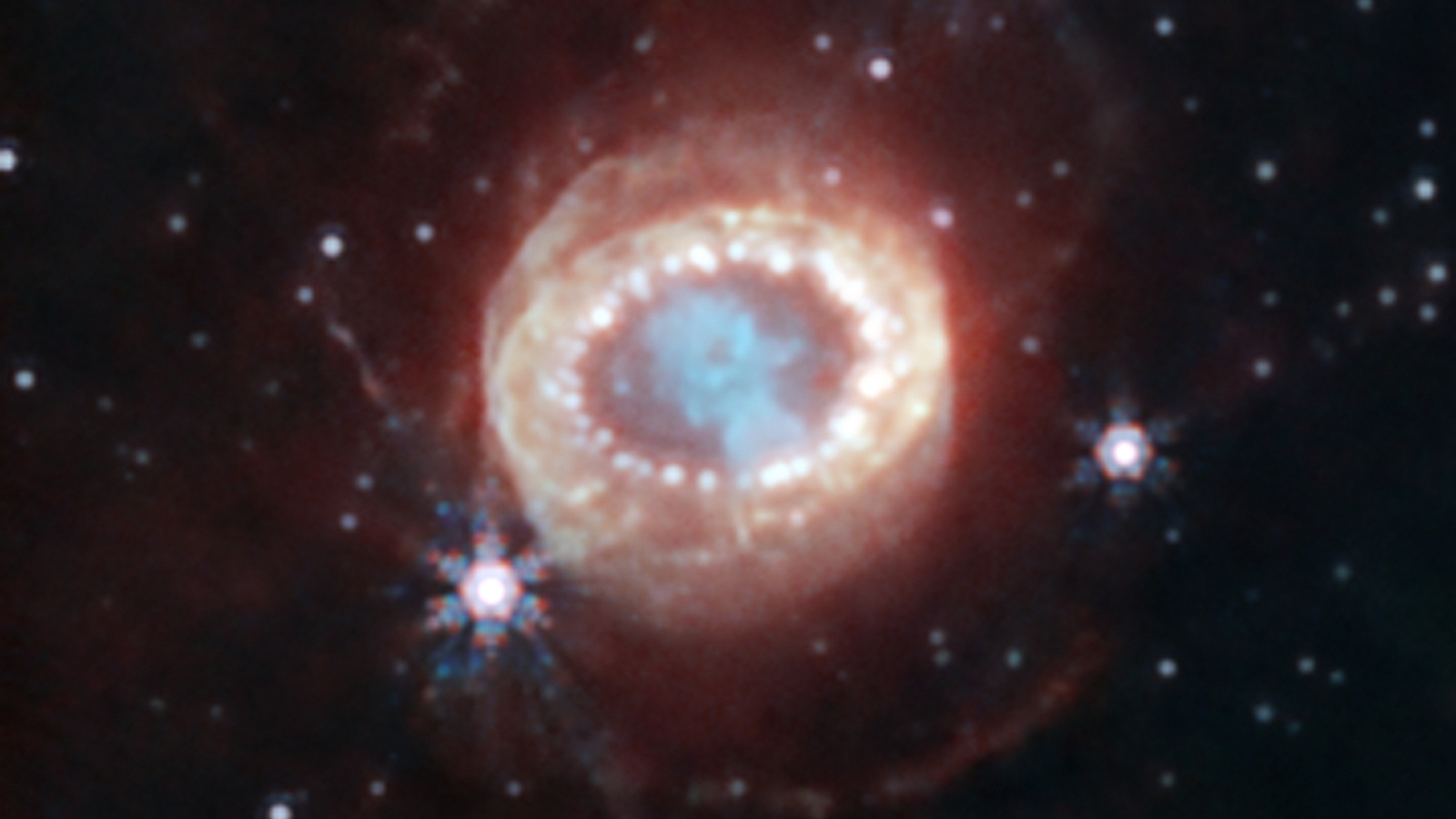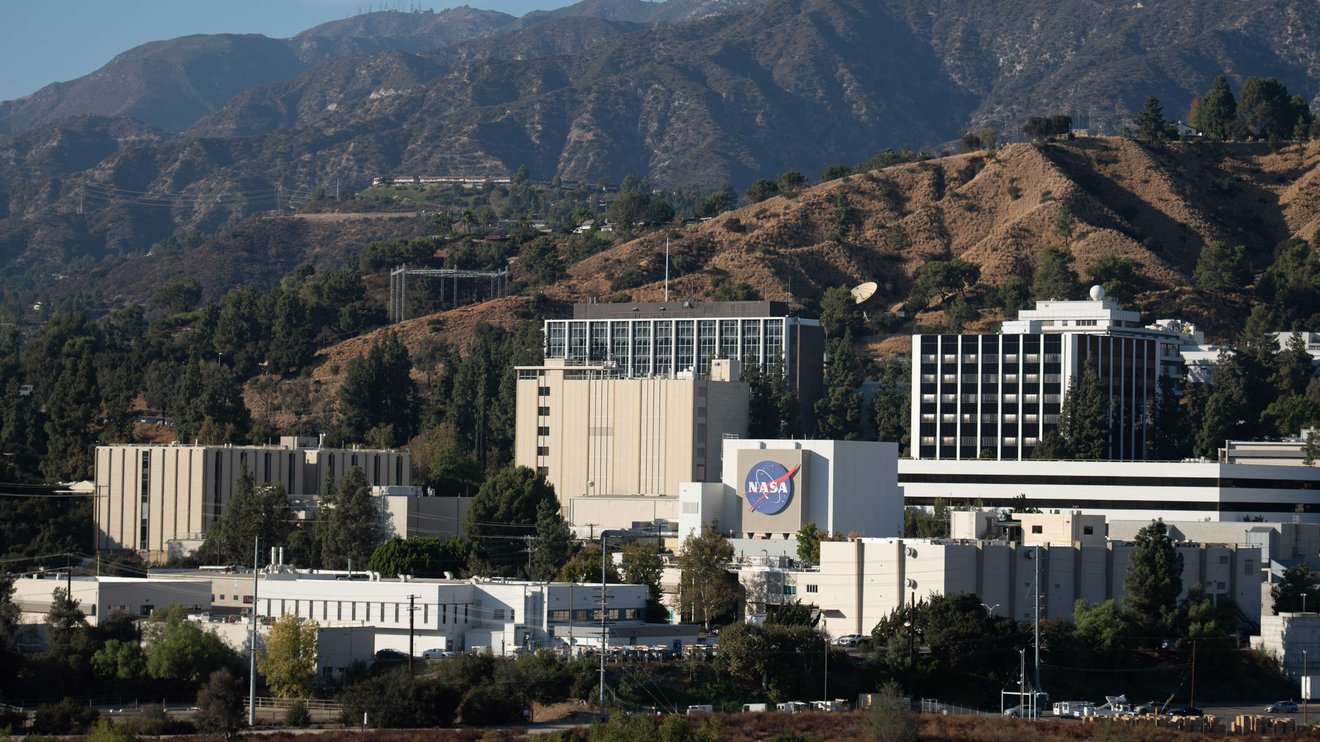Space exploration is a dangerous business, especially when squishy living organisms, such as humans, are involved. NASA has always prided itself on how seriously it takes the safety of its astronauts, so as it gears up for the next big push in crewed space exploration, the Artemis program, it is looking for solutions to potentially catastrophic situations that might arise. One such catastrophe would be if one of the Artemis astronauts was incapacitated and couldn’t return to the lander. The only person who could potentially be able to save them would be their fellow astronaut, but carrying a fully suited human back to their base of operations would be a challenge for an astronaut similarly kitted out in their own bulky suit. So, NASA decided to address it as precisely that – a challenge – and ask for input from the general public, offering up to $20,000 for the best solution to the problem.
Continue reading “NASA Is Seeking Ideas for Rescuing an Astronaut from the Moon”China Tests a Reusable Inflatable Module in Space
Inflatable space modules are not a new concept, NASA have been exploring the possibility since the 1960’s. The Chinese Space Agency is now getting in on the act and is testing its new inflatable module which is part of its Shijian-19 satellite launch. To get it into orbit the capsule was compressed and folded and then inflated once in orbit. Following completion of the tests, it re-entered the atmosphere, landing in the Gobi Desert on 10th October. The goal is for this to be used to extend its space station in the same way NASA have been exploring expansion of ISS.
Continue reading “China Tests a Reusable Inflatable Module in Space”Testing the Robots that Might Explore Europa

Europa, one of the four Galilean satellites of Jupiter is one of the most intriguing locations in the Solar System to search for life. However, its subsurface oceans are buried beneath thick layers of ice making exploration difficult. To explore its oceans, scientists have suggested using small swimming robots capable of penetrating the icy shell. Recently, NASA engineers tested prototypes designed to operate as a swarm, enabling them to explore the mysterious sub-ice oceans on Europa and other icy worlds in the Solar System.
Continue reading “Testing the Robots that Might Explore Europa”NASA Releases its Moon Phases Animation for 2025
Every year, NASA releases a detailed simulation of the Moon that shows how it will change through the year. They produce a couple of versions that show how it appears from the northern and southern hemisphere and others that highlight different features. Not only does it show the phases through the year but it also shows the change in size as its completes its orbit. The change in apparent size of the Moon is a result of its elliptical orbit so that it can appear up to 30% brighter.
Continue reading “NASA Releases its Moon Phases Animation for 2025”NASA, SpaceX Illustrate Key Moments of Artemis Lunar Lander Mission

Before the decade is out, as part of the Artemis Program, NASA plans to send astronauts to the Moon for the first time since the Apollo Era. To realize this goal, they have contracted with commercial space industries to develop all the necessary components. This includes the Space Launch System (SLS) and the Orion spacecraft that will take the Artemis astronauts to the Moon. There’s also the Lunar Gateway and the Artemis Base Camp, the infrastructure that will facilitate regular missions to the Moon after 2028.
In between, NASA has also partnered with companies to develop the Human Landing Systems (HLS) that will transport the Artemis astronauts to the lunar surface and back. This includes the Starship HLS SpaceX is currently developing for NASA, which will rendezvous with the Orion spacecraft in lunar orbit and allow the Artemis III astronauts to land on the Moon (which will take place no sooner than September 2026). In a series of newly-updated images, SpaceX has provided artistic renders of what key moments in this mission will look like.
Continue reading “NASA, SpaceX Illustrate Key Moments of Artemis Lunar Lander Mission”A Nearby Supernova Could Finally Reveal Dark Matter

Despite 90 years of research, the nature and influence of Dark Matter continue to elude astronomers and cosmologists. First proposed in the 1960s to explain the rotational curves of galaxies, this invisible mass does not interact with normal matter (except through gravity) and accounts for 85% of the total mass in the Universe. It is also a vital component in the most widely accepted cosmological model of the Universe, the Lambda Cold Dark Matter (LCDM) model. However, according to new research, the hunt for DM could be over as soon as a nearby star goes supernova.
Currently, the axion is considered the most likely candidate for DM, a hypothetical low-mass particle proposed in the 1970s to resolve problems in quantum theory. There has also been considerable research into how astronomers could detect axions by observing neutron stars and objects with powerful magnetic fields. In a recent study supported by the U.S. Department of Energy, a team of astrophysicists at the University of California Berkeley argued that axions could be discovered within seconds of detecting gamma rays from a nearby supernova explosion.
Continue reading “A Nearby Supernova Could Finally Reveal Dark Matter”Here’s What We Know About Earth’s Temporary Mini-Moon
For a little over a month now, the Earth has been joined by a new ‘mini-moon.’ The object is an asteroid that has been temporarily accompanying Earth on its journey around the Sun. By 25th November it will have departed but before then, astronomers across the world have been turning their telescopes to study it. A new paper of 2024 PT5 reveals its basaltic nature – similar to volcanic rocks on Earth – with a composition that makes it similar to lunar material. There have been many close encounters to Earth allowing many of its secrets to be unveiled.
Continue reading “Here’s What We Know About Earth’s Temporary Mini-Moon”How Life Could Live Under the Ice on Mars

Mars has been a fascination to us for centuries. Early observations falsely gave impressions of an intelligent civilisation but early visiting probes revealed a stark, desolate world. Underneath the surface is a few metres of water ice and a recent study by NASA suggests sunlight could reach the layer. If it does, it may allow photosynthesis in the meltwater. On Earth this actually happened and biologists have found similar pools teeming with life.
Continue reading “How Life Could Live Under the Ice on Mars”NASA’s JPL Lays Off Another 325 People

NASA’s Jet Propulsion Lab has announced a second round of layoffs for 2024, this time laying off 325 people – about 5% of its workforce. The announcement was made on Nov. 12 in a memo sent to employees, which notes the layoffs could have been even larger. The last cut was made this past February, when 530 employees were let go. Part of the issues which forced the layoffs comes from the the possible cancelation of the Mars Sample Return mission. With the October 2024 launch of Europa Clipper, JPL doesn’t have a flagship mission in the pipeline right now.
Continue reading “NASA’s JPL Lays Off Another 325 People”CODEX Coronagraph Heads to the ISS on Cargo Dragon
A new space-based telescope aims to address a key solar mystery.
A new experiment will explore a region of the Sun that’s tough to see from the surface of the Earth. The solar corona—the elusive, pearly white region of the solar atmosphere seen briefly during a total solar eclipse—is generally swamped out by the dazzling Sun. Now, the Coronal Diagnostic Experiment (CODEX) will use a coronagraph to create an ‘artificial eclipse’ in order to explore the poorly understood middle corona region of the solar atmosphere.
Continue reading “CODEX Coronagraph Heads to the ISS on Cargo Dragon”




